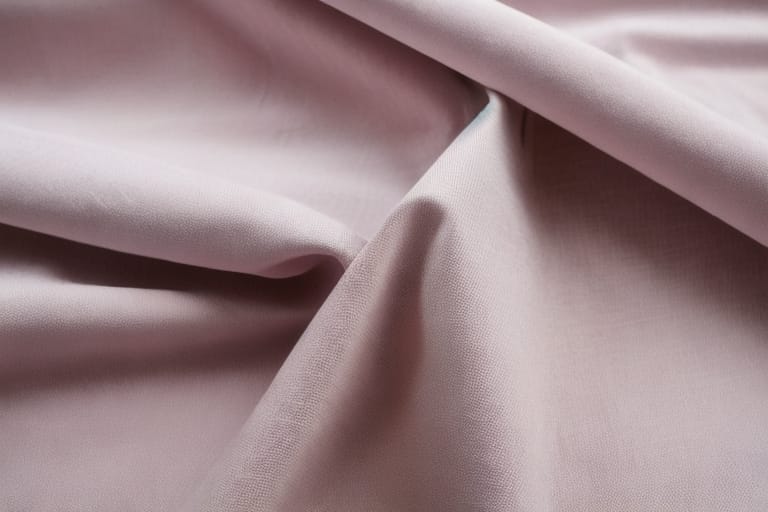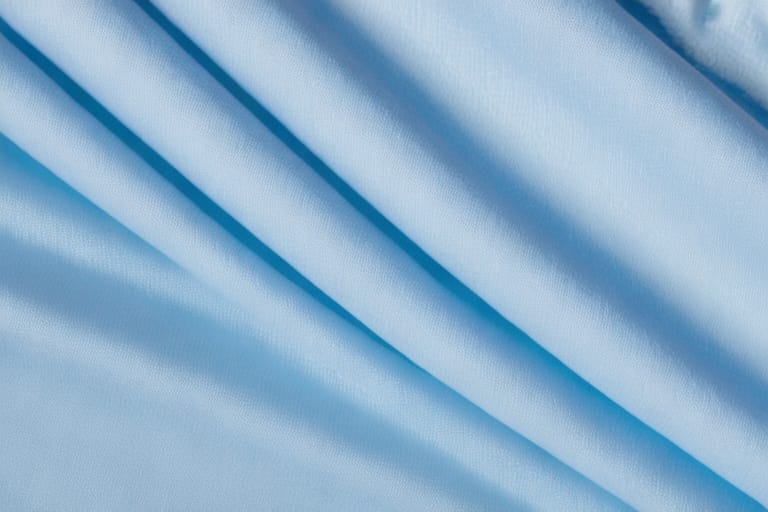When it comes to bedding, down duvets reign supreme in delivering plush comfort and cozy warmth. But some wonder – with all that fluffy insulation trapping body heat, are down duvets able to breathe at all?
The short answer – yes, down duvets can be quite breathable thanks to the unique structure of down fill. However the level of breathability depends on several key factors.
In this beginner’s guide, we’ll break down everything you need to know about down duvet breathability – from how it works scientifically to practical tips for choosing and caring for your duvet. Read on to unlock the secrets behind a comfortably cool and dry night’s sleep.
How Down Keeps You Warm Yet Lets Air Flow
To understand how a down duvet can be both insulating and breathable, we need to look at the science behind goose or duck down:
- Down consists of lightweight, fluffy down clusters that trap body heat effectively. This gives down its renowned warming power.
- But down clusters have a loose, airy structure with spaces that allow air to circulate freely amongst the fill.
- So while the down insulates to prevent heat loss, air can flow through gaps in the fill – creating breathability.
This combination of insulation and airflow is unique to natural downfill.
📷 Down cluster diagram showing air gaps
In essence, those fluffy down clusters act like tiny pockets that gently hug your body and keep warmth from escaping. Yet air can freely move through and around the clusters.
Compare this to cheaper polyester fill which uses dense, solid fibers with poor airflow. Down’s special structure is the key to balancing insulation and breathability.
Decoding Fill Power’s Role in Breathability
When evaluating down duvets, you’ll often see a specification called “fill power”. This measures the loft and quality of the down.
Fill power ranges from about 300-900. Higher numbers mean a higher loft with better insulation per ounce.
But does greater fill power mean less breathability?
It’s a common misconception – but the truth lies in understanding loft. Ultra-high fill power down over 900 fp can start to inhibit breathability. However:
- Mid-range fill powers from 600-800 fp allow both insulation and airflow. Here you get the perfect balance.
- As long as the fill power isn’t too extreme, breathability stays intact across different down types thanks to those open air pockets amidst clusters.
So while budget 300 fp down likely won’t keep you as warm, 600-800 fp provides the sweet spot for maintaining breathability.

Delving Into Duvet Construction and Design
Beyond fill power, several other aspects of the duvet’s construction influence overall breathability:
📷Table showing construction factors affecting breathability
| Factor | Description | Impact on Breathability |
|---|---|---|
| Baffle Boxes | Individual fabric compartments holding down fill | Enhance breathability by preventing fill from shifting |
| Shell Fabrics | Outer and inner fabric layers | Breathable fabrics like cotton promote airflow |
| Fill Weight | Total amount of down inside | Lower fill weights allow more room for airflow |
| Stitching | Sewn through or baffle box design | Baffle boxes promote most airflow around fill |
Well-constructed baffle boxes that prevent fill from clumping or shifting allow air to penetrate inside.
Meanwhile, highly breathable shell fabrics like lightweight cotton or Tencel® increase external airflow.
And less fill coupled with generous baffle compartments leaves space inside for air movement.
Caring for Your Duvet Keeps Breathability Intact
To enjoy lasting breathability from your down duvet, proper care is key:
- Regular fluffing after use and during storage helps maintain loft and cluster structure.
- Dry cleaning every 2 years removes oils and helps revive fluff.
- If your down gets flattened, use a tennis ball washer to restore loft and breathability.
- Store the duvet loosely in a large breathable cotton sack. Don’t pack it tightly!
Breathability does naturally decrease over time. But simple care keeps your duvet in top shape for many cozy years of comfort.
Clear Away Common Duvet Misconceptions
Despite what you may hear, the reality about down duvet breathability often differs from myth:
📷 Table busting common duvet myths
| Myth | Reality |
|---|---|
| You Must Sacrifice Warmth for Breathability | With quality mid-fill power down, you can enjoy both |
| All Down Duvets Sleep Hot | Construction and fill power differences mean many are cool and breathable |
| Heavier Fill Means Less Breathability | Fill weight matters less than fill power and construction |
The takeaway? You truly can have it all with the right down duvet – cloud-like comfort plus refreshing airflow for temperature regulation.

Choosing Your Perfect Down Duvet
Here are some top tips for picking the best down duvet for your needs:
🔎 Consider your climate – Hot humid areas demand more breathability. Colder climates need more insulation.
🔬 Analyze construction – Well-made baffle boxes with breathable shell fabrics optimize airflow.
🪶 Pick mid-range fill powers – Between 600 and 800 fills power balances insulation with breathability.
🌡️ Know your temperature needs – Hot sleepers require more breathable options with lower fills powers.
Armed with the right guidance, you can enjoy many blissful nights bundled beneath your expertly breathable cocoon of down!
Your cozy escape to dreamland awaits. Breathe easy as you drift off into luxurious comfort night after night.
Frequently Asked Questions About Down Duvets
Still seeking clarity on the breathability of cozy down duvets? These FAQs cover additional key questions for staying cool:
Are down and feather duvets equally breathable?
While both feature natural fill, feather duvets tend to trap heat more. The smaller feather strands are more dense and compact. So down duvets enable better airflow overall.
Does thread count impact breathability?
This refers to the threads making up the duvet’s outer shell fabric. A higher thread count means more woven threads per square inch. While this enhances softness, it can reduce breathability slightly unless ultra-fine threads are used.
Which is better for hot sleepers – down alternative or down?
Down alternative duvets use polyester fills engineered to mimic down properties. But most down alternatives lack the natural cluster structure enabling airflow. So if heat regulation is your top priority, quality breathable down is superior.
Do I need to “re-fluff” my down duvet to maintain breathability?
Absolutely! As you use your down duvet nightly, the fill gradually becomes compressed. Regular fluffing restore the fill power and loft – crucial for ensuring ongoing airflow. So re-fluff your duvet weekly or monthly.
Can I make my non-breathable down duvet cooler to sleep under?
If your current down duvet retains too much heat, try adding a lightweight cotton duvet cover for enhanced airflow. You can also lower your bedroom’s ambient temperature further at night. Adding multiple lighter layers allows better cooling versus one heavy, hot down duvet.
Have more questions about picking or caring for the perfect breathable down-filled bedding? Don’t hesitate to ask! We’re happy to clarify any aspect of choosing a cooler down comforter for your best night’s sleep.








